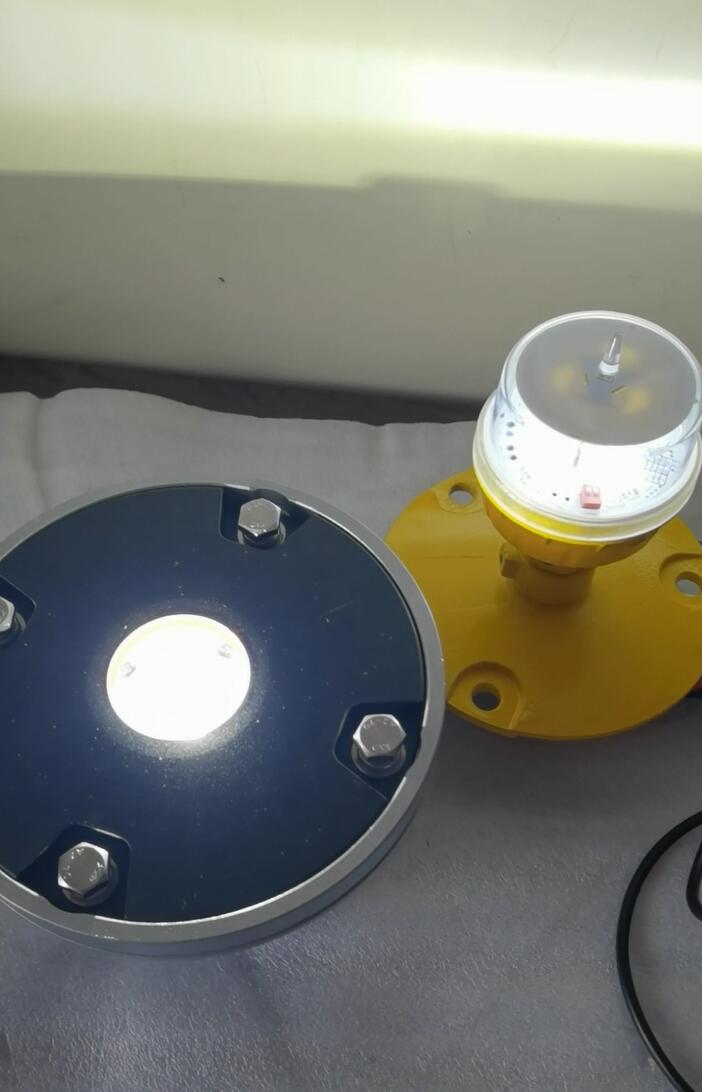Posted: 2024-10-10
In the realm of aviation, where precision and safety are of utmost importance, the heliport lighting system stands as a crucial element that ensures the smooth operation of helicopter flights. This unassuming yet essential system plays a vital role in guiding pilots, enhancing visibility, and safeguarding the lives of those on board and on the ground.
The heliport lighting system is a complex network of lights that are strategically placed to provide clear indications and guidance to helicopter pilots. It begins with the perimeter lighting, which marks the boundaries of the heliport. These lights are highly visible from a distance, enabling pilots to identify the landing area even in low visibility conditions such as fog, rain, or at night. The distinct glow of the perimeter lights serves as a beacon, guiding the helicopter towards its destination and preventing it from straying outside the designated area.
Approach lighting is another crucial component of the heliport lighting system. As the name suggests, these lights are designed to assist pilots during the approach phase of landing. They create a visual path that helps the pilot align the helicopter correctly and approach the heliport safely. The intensity and pattern of the approach lights are carefully calibrated to provide optimal visibility without causing glare or distraction to the pilot.

Taxiway lighting is essential for guiding the helicopter once it has landed and is moving towards the parking or hangar area. These lights ensure that the pilot can navigate the taxiways safely and efficiently, avoiding obstacles and other aircraft. The taxiway lights are usually colored differently from the perimeter and approach lights to provide clear distinction and easy identification.
One of the key features of a good heliport lighting system is its reliability. Helicopters often operate in emergency situations where every second counts. A malfunctioning lighting system can lead to disastrous consequences, so it is essential that the lights are constantly maintained and tested to ensure they are working properly. Modern heliport lighting systems often incorporate redundant power sources and backup systems to ensure continuous operation even in the event of a power failure or other technical issues.
| Heliport Lighting System | 45R |
| 23D | 34F |
Visibility is another critical aspect of the heliport lighting system. The lights must be bright enough to be seen from a significant distance and must have a distinct color and pattern that is easily recognizable by pilots. Different colors may be used for different types of lights to help pilots quickly distinguish between them. For example, white lights may be used for perimeter lights, while green lights could indicate the direction of taxiways. Additionally, the lights should be designed to minimize glare and reflection, which can interfere with the pilot's vision.
The heliport lighting system also needs to be able to withstand harsh environmental conditions. Helicopters may operate in all kinds of weather, from extreme heat to freezing cold, and from calm skies to strong winds and storms. The lights must be durable and weatherproof to ensure they continue to function properly in these challenging conditions. They should be able to resist corrosion, water damage, and impact from debris.
In addition to its safety benefits, the heliport lighting system also plays an important role in enhancing the efficiency of helicopter operations. By providing clear visual guidance, it reduces the time needed for pilots to locate and approach the heliport, as well as the time spent taxiing after landing. This can be particularly important in high-traffic areas or during emergencies when time is of the essence.
In conclusion, the heliport lighting system is an essential component of helicopter operations. It provides the necessary visual cues and guidance to pilots, ensuring safe and efficient flights. From perimeter lighting to approach and taxiway lights, each element of the system plays a crucial role in safeguarding the lives of those involved in helicopter transportation. As technology continues to advance, we can expect heliport lighting systems to become even more sophisticated and reliable, further enhancing the safety and efficiency of helicopter operations.